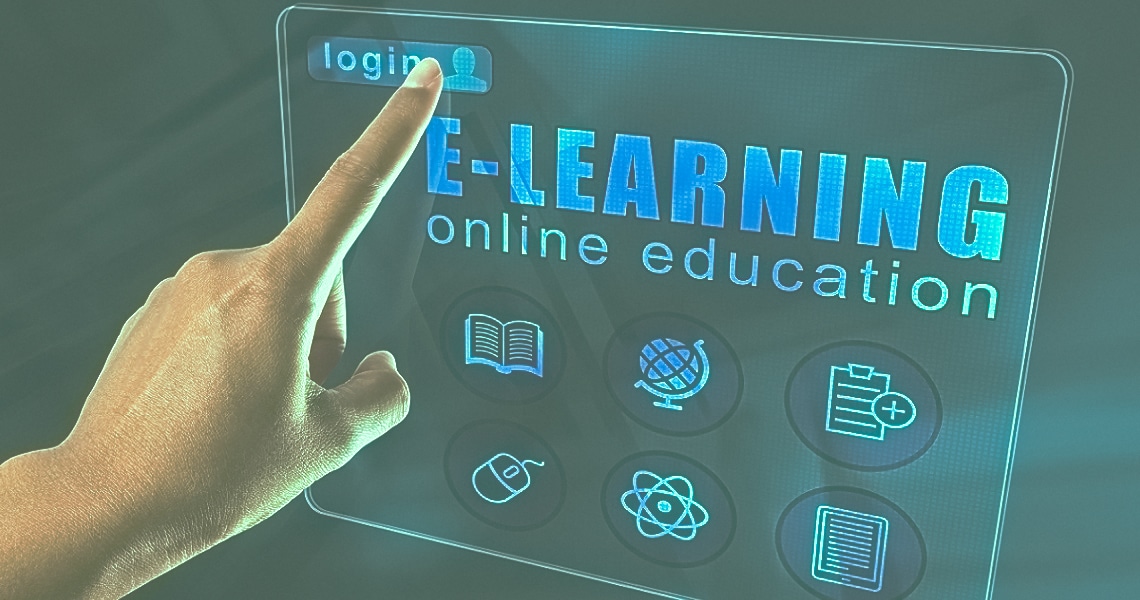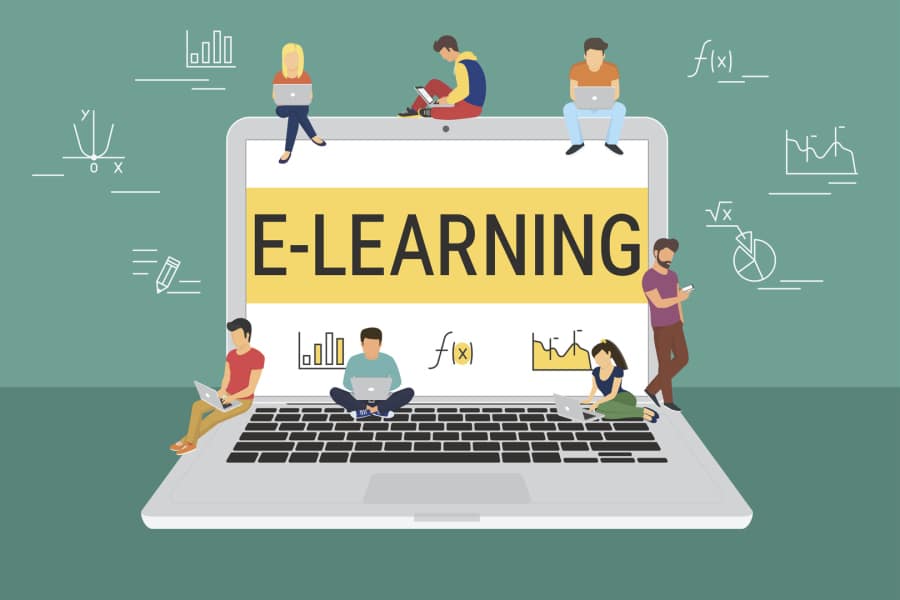Developments in technology have enabled the growth of e-Learning. This growth has changed the way people learn and train for their career. The most obvious change is that classrooms no longer have to be in a bricks and mortar environment. People can learn and train from home or any other chosen location.
This makes it easier for people to get the qualifications they need to enter a particular career or progress on the career path they have chosen. Let’s take a look at the impact of e-Learning in more detail.
IMAGE: PIXABAY
What Does e-Learning Mean?
In order to understand the impact that e-Learning is having it helps to understand what it actually is. In basic terms, e-Learning provides an opportunity for people to learn and study outside of the traditional classroom environment.
This can mean that study is completed entirely online or it can mean that it forms part of a blended learning system which also includes classroom training. In many cases, people who choose to study using e-Learning have access to the same benefits as they would if they studied in a bricks-and-mortar institution.
These Benefits Include:
- Access to a dedicated tutor.
- The ability to talk to other students via student forums.
- Access to previous course content and examination questions.
On many occasions, students can take part in webinars and live seminars.
What Courses Of Study Are Available Via e-Learning ?
One of the biggest impacts that e-learning has had is that there are many different options available when it comes to deciding what to study. You can get more info about some of these studying options.
Generally, you can find e-Learning options regarding the majority of mainstream subjects and careers. There are several trends that are helping to mould the range of study options that are available.
These Trends Include:
- The introduction of a Learning Management System (LMS) solution. An LMS can be used to hold different learning materials, such as lecture notes.
- The use of virtual reality (VR) and augmented reality (AR). VR involves the use of technology to create a simulated environment in which students can learn. AR is similar but involves the overlaying of information on to an environment that is already in existence.
- The growth of the smart classroom. The use of smart devices such as voice recognition and smart tablets means that learning can be improved both inside and outside of the traditional classroom.
As technology enables these trends to continue to grow and be immersed in education, so the field of e-Learning can continue to expand. People can now have access to advanced learning solutions without ever having to leave their own home. The future development of technology will only enhance these learning opportunities.
This means that people have the ability to study outside of traditional hours. They can gain the qualifications necessary to change careers or advance their current career, without having to interrupt their normal working routine.
If you are interested in even more technology-related articles and information from us here at Bit Rebels, then we have a lot to choose from.


COMMENTS